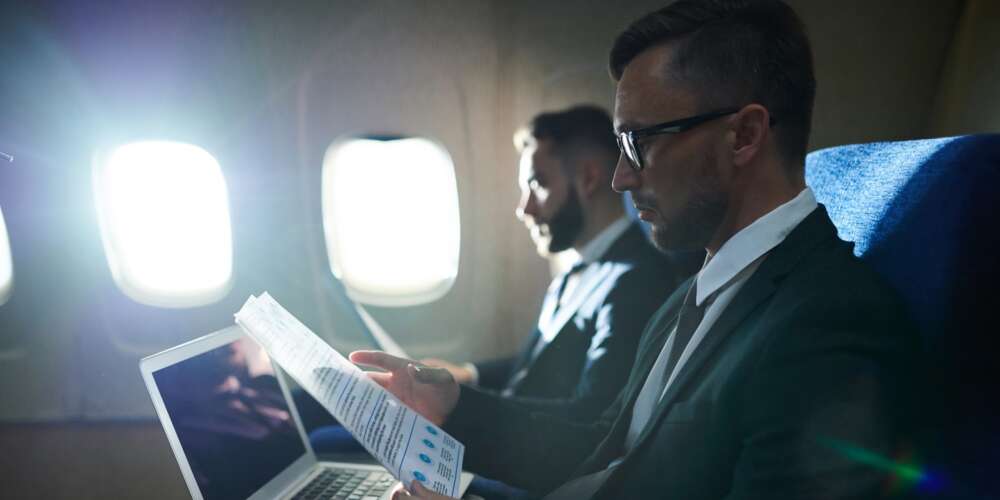
In the realm of business aviation, the sky is the limit when it comes to the variety of airplanes available for corporate and executive travel. These aircraft are designed to provide comfort, efficiency, and privacy, catering to the needs of business professionals worldwide. Let’s embark on a journey through the different types of airplanes utilized for business flights and uncover the differences that set them apart.
### Narrow-Body Aircraft
Narrow-body aircraft, such as the Boeing 737 and the Airbus A320, are characterized by a single aisle with seats arranged on either side. These airplanes are the workhorses of the skies, commonly used for short to medium-haul flights. They are favored for their fuel efficiency and versatility, often serving routes with lower passenger demand. Their compact size allows them to operate from smaller airports, making them a practical choice for domestic travel.
### Wide-Body Aircraft
For those longer journeys, wide-body aircraft come into play. These planes, including the Boeing 777 and Airbus A380, feature two or more aisles and offer more space for passengers and cargo. They are the go-to choice for long-haul and international flights, providing increased comfort and amenities. With their higher capacity, wide-body aircraft are ideal for transcontinental and transoceanic trips, offering a more luxurious experience for travelers.
### Regional Aircraft
Regional aircraft like the Bombardier CRJ series and Embraer E-Jets are smaller planes designed for short regional flights. They bridge the gap between small and large airports, efficiently connecting smaller cities to major hubs. These aircraft are well-suited for short distances and can operate from airports with less infrastructure, offering flexibility and convenience for business travelers.
### Business Jets
Business jets are the epitome of luxury and convenience in business aviation. They are tailored for executives who require speed, privacy, and on-demand travel. Models such as Cessna’s Citation series and Embraer’s Legacy and Praetor lines exemplify this category. These jets are equipped with advanced technology and lavish interiors, ensuring a productive and comfortable environment for passengers.
### The Differences That Matter
When choosing an airplane for business travel, several factors come into play. The primary differences between these aircraft types include their range, capacity, cabin amenities, and operational costs.
– **Range**: Business jets typically offer longer ranges, allowing non-stop travel to distant destinations without the need for refueling stops.
– **Capacity**: Narrow-body and regional aircraft have lower passenger capacities, which can be beneficial for more intimate business groups or shorter trips.
– **Cabin Amenities**: Wide-body and business jets usually provide more luxurious and spacious cabins, with features such as lie-flat seats, private suites, and meeting areas.
– **Operational Costs**: Operating a private business jet incurs higher costs compared to booking seats on commercial narrow-body or wide-body flights.
In conclusion, the choice of airplane for a business flight depends on the specific needs of the trip. Whether it’s the efficiency of a narrow-body aircraft, the comfort of a wide-body plane, the convenience of a regional jet, or the exclusivity of a business jet, each type offers unique advantages for the discerning business traveler. Understanding these differences ensures that every flight aligns with the objectives and preferences of the journey, soaring above expectations and delivering an unparalleled travel experience.
For more detailed information on the types of commercial aircraft and their specific roles in business aviation, you can explore comprehensive guides and resources available online.
Leave a Reply